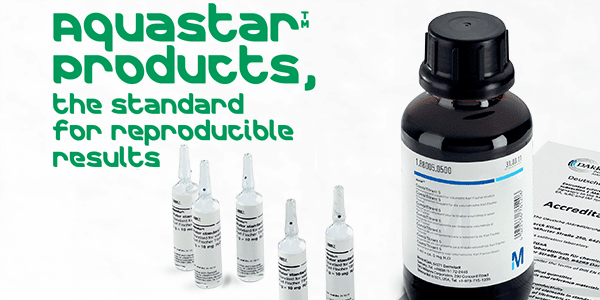Alcohol Profiling
Alcoholic beverages contain a complex mix of compounds, uniquely characteristic of each beverage, that creates the individual aroma and flavour profile. Many compounds contribute to the aromas and flavours experience of the consumer. Volatile compounds interact with receptors in the nasal passages creating the aroma sensation. Flavour, however, is experienced as a combination of aroma and taste.
Whilst the majority of added compounds add to the desired aroma and flavour aspects of a beverage, trace components can contribute off-flavours and odours. These compounds can be generated a variety of ways - contaminants in raw materials used in the beverage, migration into the beverage from process equipment or packaging materials and degradation of naturally occurring flavour compounds due to oxidation, or exposure to light or heat.

Changes in the relative concentrations these compounds may result in an undesirable change in the flavour of the beverage. Accurately profiling the compounds contributing to flavour and aroma, which can span a wide range of volatility, is therefore essential in ensuring product quality. The compounds were analysed using an Ellutia 200 Series GC with a EL-FFAP column. To ensure an accurate injection the Ellutia Liquid Sampler was utilised. The Liquid Sampler produces a lower percentage of thermal discrimination between volatile and lesser volatile molecules in the sample injection when compared to the Headspace Autosampler. In this case the EL3100A Automatic Liquid Autosampler - 15 position was employed.






